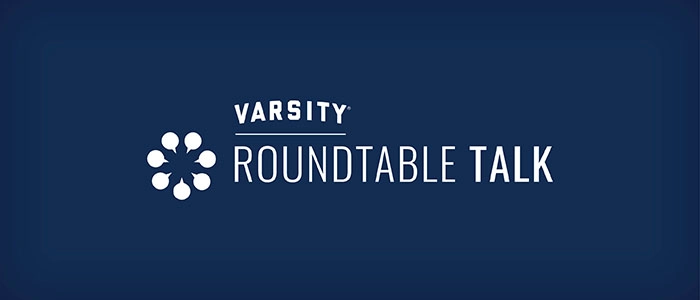Today I’m talking with Maura Z. Richards, Vice President of Business Development at Wohlsen Construction, a top-ranked construction company specializing in senior living. Prior to her current position, Maura spent more than 15 years working in senior living as a provider and consultant, giving her unique insights into finding solutions that are economically and operationally viable to increase occupancy.
Hello, Maura! Thank you for talking to me today! What do you view as the biggest challenge facing older adults in the middle market?
The affordability of senior living communities. We have not completely solved the middle market product challenges to serve the number of seniors that will need to move to — specifically — an assisted living or memory care community. Seniors will stay home as long as possible — which more times than not means too late — due to the fact that they do not have enough money to afford a senior living community.
What are some common misconceptions about the middle market?
People get confused when you talk about the middle market. They think middle market housing is affordable, but it’s really not. It’s essentially less costly than a traditional senior community, but it’s still expensive. The middle market community is much smaller in size and has more of a model of two bedrooms sharing a kitchen and bath. This type of living arrangement is not one that a prospect seeks until there is a need. Having been in senior living for many years, I can share that this is not what you want to hear when a prospect comes through the door. You want prospects to move to a community when they are independent and not making a need-based decision so that they are content with the move and will take full advantage of the lifestyle a senior living community offers.
What are the biggest barriers to building for the middle market?
Building costs and land cost — with both being high, the financial model is hard to pencil out to be affordable for the middle market. Developers look for sites that are outside urban areas to keep land costs down. However, to make the community pencil out, there typically is less amenity space and an apartment layout in which two individual prospects share a kitchen and bathroom.
What is the biggest competition for middle market housing?
People’s own homes and technology. If people can stay in their home and install smart home technology for less than it costs to move to a senior living community, then they will always choose their own home. They will then wait until there is a need to move to a community. The struggle from a proforma perspective is that the higher the acuity level of the residents, the more staffing the community needs. With that comes higher entrance fees and monthly fees.
Since studies have found that, by 2029, 54 percent of older adults will not be able to afford private pay senior living, how will the industry as a whole need to change?
The industry will need to look to partner with other organizations to create a mixed-use development that taps several housing options to share in the cost of the amenity space to bring down the cost of senior living.
What types of organizations would be good partners for senior living?
Maybe there is an option for senior living to partner with intergenerational housing options to form a mixed-use development. For example, many universities need additional student housing yet are faced with high construction costs just like senior living. There could be an opportunity for developers to look at student housing and senior housing to share in amenity and community space to lower the costs for both. This would also allow both populations to take advantage of the educational opportunities.
Do you have any other creative ideas that could benefit the middle market?
Another idea I have thought about from a socialization standpoint is to build senior centers on or next to local public schools to leverage intergenerational opportunities and programs. High schools are being renovated all over the country and facing issues of getting funding passed. Why not look at combining the two? The more our younger population interacts with and understands senior needs, the more we will see solutions to take care of older adults in the future. To get youths to understand seniors, you have to put them together.
